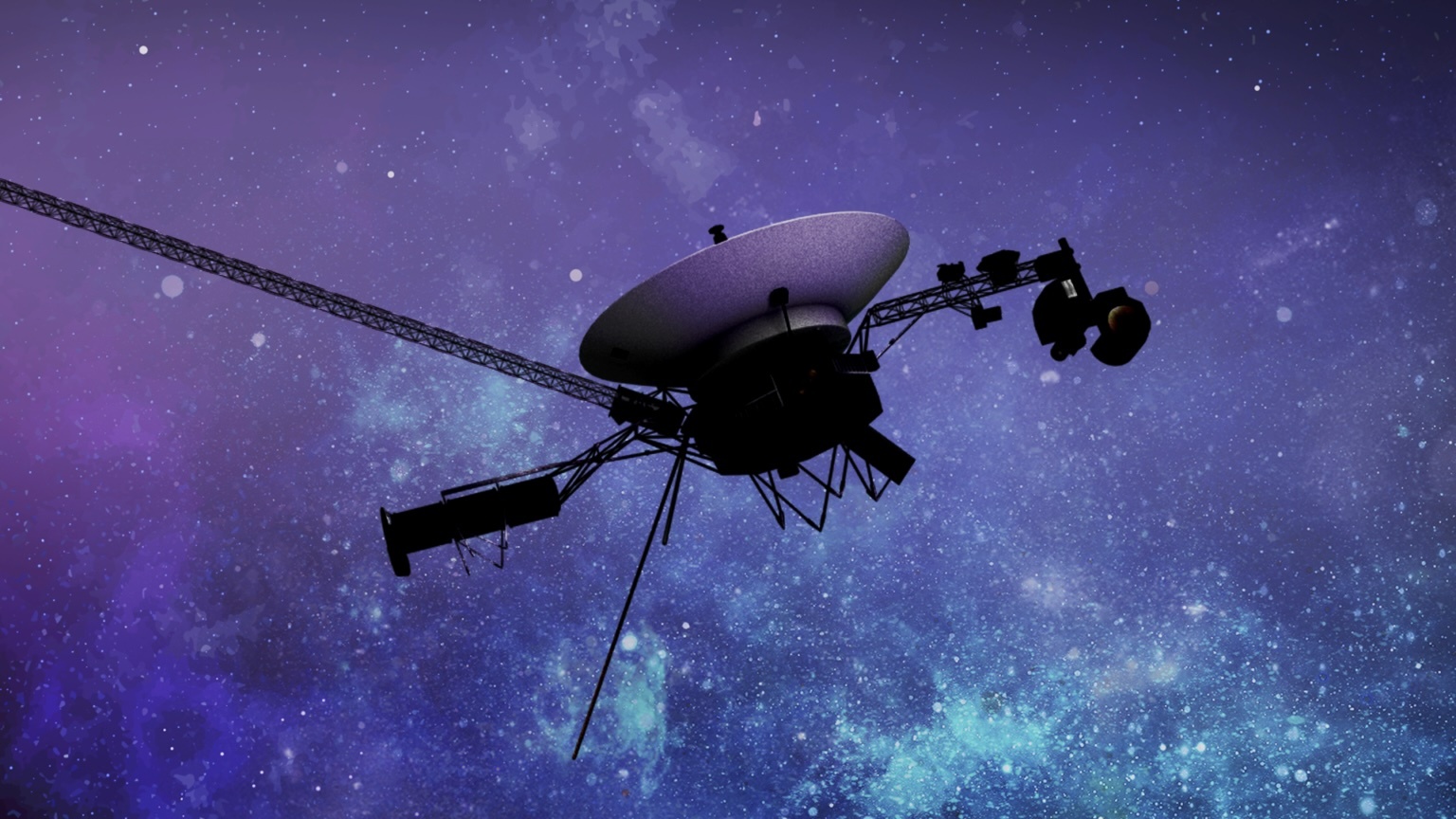Voyagers 1 and 2 were, to put it simply, incredible. They were true explorers and unveiled many mysteries of the outer Solar System, revealing the outer planets in all their glory. Communication with Voyager 1 has until recently been possible, slow but possible. More recently however, it has been sending home garbled data rendering communication to all intents impossible although messages can still be sent. Engineers at NASA have narrowed the problem down to an onboard computer, the Flight Data System (FDS). A dump of the entire memory of the FDS has now been received so that engineers can attempt to troubleshoot and fix the issue.
Voyager 1 was launched in 1977 on its groundbreaking mission around the outer Solar System. It’s primary mission to study Jupiter and Saturn up close and to explore the environmental conditions in the outer Solar System. In 1990 it took the iconic ‘pale blue dot’ image capturing the Earth from a distance of over 6 billion km. Voyager 1 carries with it a golden record containing the sounds and images of Earth as a message to any alien civilisations that happen to intercept it.

Since November 2023, Voyage 1 has been transmitting a continuous signal to Earth but unfortunately this contains no useable data. It seems that the FDS on one of the three on board computers. The function of the system is to organise the engineering and science data before it gets sent back to Earth by the telemetry module.
On the 1 March, the team issued a ‘poke’ command to Voyager which makes the FDS start to vary parameters and sequences in case of a corrupt section of code. The process was developed to safeguard against such occasions.
The team at NASA working the problem detected activity on March 3 from a particular portion of the FDS that was different to the unusable data. The data received still wasn’t in the usual Voyager 1 format so the team had to explore further. One of the Deep Space Network engineers at NASA who was responsible for operating the radio equipment that communicates with Voyager managed to decode the signal. To their surprise they found the data contained a complete and more importantly readable dump from the entire FDS memory.
The dump contained everything – hopefully – that the engineers needed to get to the bottom of the problem. It contained program code (which controls spacecraft operations, variables based on spacecraft commands or conditions along with scientific and engineering data too. The team are now focussing their attention on this code, meticulously comparing it with a dump from before the communication problems. They are looking to see if they can identify and isolate errors in the code that could point to the cause of the problem.
It seems the new dump was a result of the ‘poke’ command. Unfortunately at the distance of Voyager 1, over 24 billion km, it takes over 22 hours for a signal to arrive. It then takes over 22 hours for the response to arrive here on Earth. Engineers started to decode the data on 7 March and it wasn’t until three days later they realised they had a complete data dump from FDS.
The teams continue to analyse the data, searching for the cause to lead them to a potential fix. When they do find the solution, it will take some time to implement but NASA are confident they can resolve the issue.
Source : NASA Engineers Make Progress Toward Understanding Voyager 1 Issue

